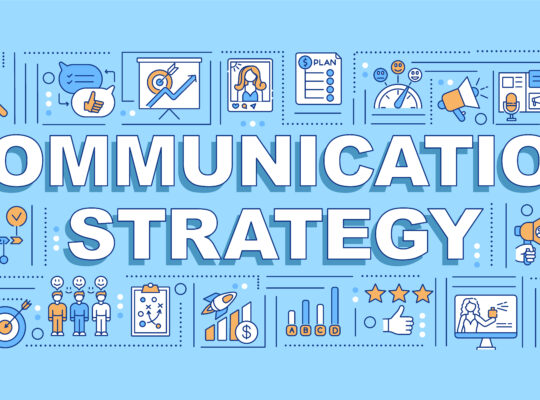| Giving and Receiving Feedback | ||
| Instructor: Dr. Gemma Leigh Roberts | ||
| Released: 7/30/2017 | Course Details 28m General | |
| Skills Covered Constructive Feedback | Course Link | |
| Professional Certifications and Continuing Education Units (CEUs) N/A | ||
Receiving Feedback
Asking for feedback
Feedback
A process to help you get better, continue what you’re good at, and build better relationships.
Gather Feedback
- People you trust
- Stakeholders who can help you move forward
- Those you admire
- Someone with skills you’d like to develop
Ask for feedback in a specific area. Consider how the feedback will be delivered. Be gracious and grateful for feedback. Thank the person for sharing the feedback even if you don’t plan to use all of it. Ask multiple people for feedback. Look for indirect feedback, like nonverbal feedback. Be objective.
Creating a growth mindset with feedback
Fixed Mindset
Belief that people are born with a set level of competence, intelligence, and skill.
Growth Mindset
Belief that ability can be developed, talents can be learnt, and strengths can be enhanced.
Always focus on getting better. You can see challenges as an opportunity to become better.
Feedback Facts
- It helps you improve
- You’ll make mistakes
- You won’t always like it or agree with it
- You can choose how to interpret and use it
Productive Feedback
Specific, useful, and delivered with the intention of helping you develop or improve.
Unproductive Feedback
General, unhelpful, or delivered without positive intent.
Wait for the emotion to settle and then ask the question. Was the feedback specific, helpful, and delivered with positive intent?
Managing emotions during feedback
Our thoughts and feelings create the story we tell ourselves. Appreciate feedback and use it constructively, without fixating on it. We all make mistakes. We can all improve.
- Take time to process
- Don’t fixate
- Separate opinion and fact
- Focus on the future
Making changes with feedback
- Decide what to take from the feedback.
- Set a goal.
- Consider how to achieve your goal.
- Choose how to measure progress.
Providing Feedback
Following the five feedbacks steps
Providing Feedback
- Prepare your message
- Tailor communication
- Focus on your tone
- Explore facts and concrete examples
- Listen well
Minimize bias when providing feedback
It takes 6 instances of positive feedback to counteract 1 piece of negative. Balance what’s gone well with opportunities for improvement. Be mindful of your delivery. Don’t assume you know the answers. Don’t shy away from difficult feedback. Don’t offer feedback when you don’t have any.
Providing simple and effective feedback
Informal Feedback
Unplanned advice and suggestions about what someone could do to move forward.
Make informal feedback part of everyday conversation. Keep feedback positive. Focus on intention. Use an approachable tone. Be honest and constructive. Make it a habit.
Creating a feedback strategy
Provide feedback periodically to:
- Your direct reports
- Project team
- Mentees
- Interns
- Colleagues
- Manager
Schedule time to meet with the person to provide feedback, ensuring you don’t cancel or postpone this time. Do you need to follow a specific format, like a performance review or can it be informal, like over a cup of coffee?
Be clear on your intention.
 | Remember! To experience the full benefit of this guide, I highly recommend you watch the full training session. |






